The 20th
LaureateArchitecture
Peter Zumthor
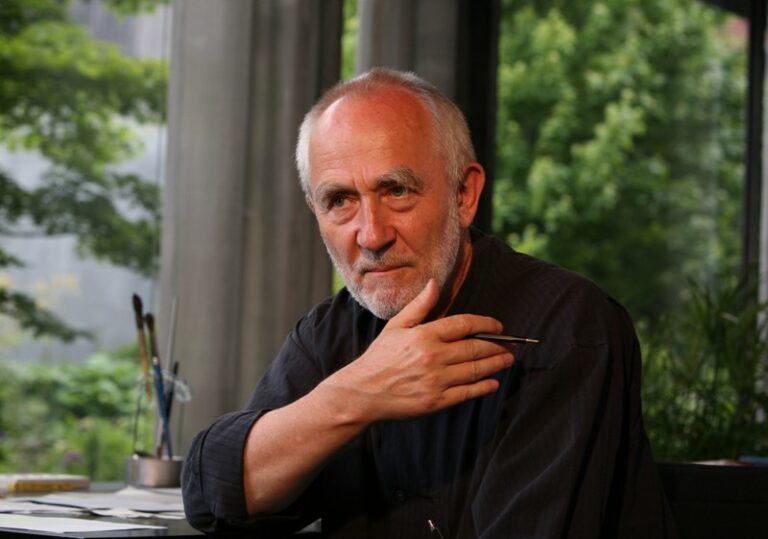
Zumthor earnestly examines the location and purpose of a building,and spares no effort in selecting the most suitable materials for it. He insists on "custom-made architecture." After working on the restoration of historical buildings in southeastern Switzerland,he became independent as an architect. He still has his studio in the small village of Haldenstein. His works can mainly be found in Switzerland but also elsewhere in Europe. Whether religious buildings,art museums,thermal bath facilities or housing projects,they consistently give a strong sense of spirituality. Kolumba,Art Museum of the Archbishopric Cologne,which opened in Cologne last year,expresses the continuity of history from Roman times by making use of a ruined area. The use of light and shade would be equally at home in Japanese author Junichiro Tanizaki’s "In Praise of Shadows."
Biography
Zumthor is lauded as a "true architect,"one who earnestly examines the location and purpose of a building,and spares no effort in selecting the most suitable materials for it. He is the demanding type,one who insists on the craftsman’s skill and attention to detail.
More than anything,however,he is true to himself. "I love architecture. So,when asked to do a job,I have to see that I get a good possibility to do something beautiful." In an age when speed and efficiency are sought above all else,his refusal to submit to easy commercialism is sometimes dubbed "aloof." But his answer to this is simple: "I am a passionate architect."
He was born the son of a cabinet-maker in Basel,Switzerland. After studying in Basel and New York,he worked on historic building restoration projects in Kanton Graubünden,southeastern Switzerland. He became independent as an architect in 1979,but still has his studio in the small village of Haldenstein in the same Kanton. His work can be found mainly in Switzerland but also elsewhere in Europe,many in rural or mountainous areas far removed from the city.
His particular forte lies in designing places for prayer. The Saint Benedict Chapel (1989) in the alpine village of Sumvitg was built to replace a mediaeval church destroyed in an avalanche. Its wooden interior,designed to resemble a boat,is a picture of orderliness. Again,his Bruder Klaus Field Chapel (2007) rises up from crop fields on the outskirts of Cologne,Germany. This structure nobly embodies the deeply religious nature of the local people in their coexistence with nature.
Besides these,Kolumba,Art Museum of the Archbishopric Cologne,which opened to much acclaim in Cologne last autumn,expresses the continuity of history from Roman times by making use of a ruined area. His use of natural light in this building conveys a certain spiritual strength.
Zumthor has also designed the Gugalun House (Switzerland),bringing new life to a farmhouse passed down through generations of an alpine family,the Therme Vals (Switzerland),thermal baths made from local stone and the Art Museum Bregenz (Austria) covered with frosted glass,among others. All of these present a symbiosis of practicality and aesthetics. Their impressive use of light and shade would be equally at home in Japanese author Junichiro Tanizaki’s "In Praise of Shadows."
Zumthor says that architecture should never be merely functional but also beautiful to use,and insists on buildings that "become unique works for the place,like custom-made." This is the philosophy of a true craftsman.
Chronology
-
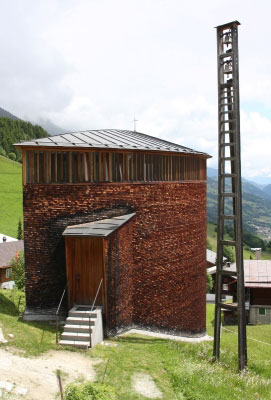
Saint Benedict Chapel
-
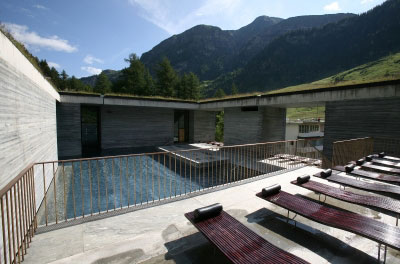
Therme Vals
-
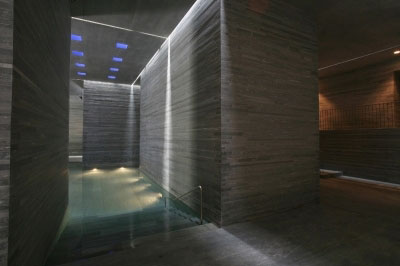
Therme Vals
-
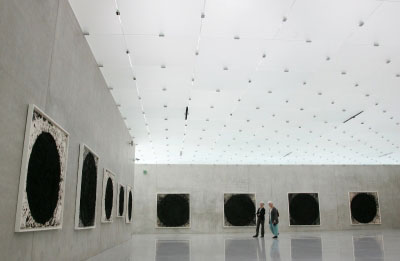
Art Museum Bregenz(Inside)
-
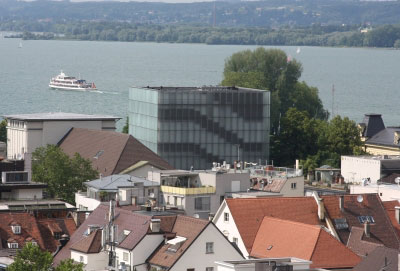
Art Museum Bregenz
-
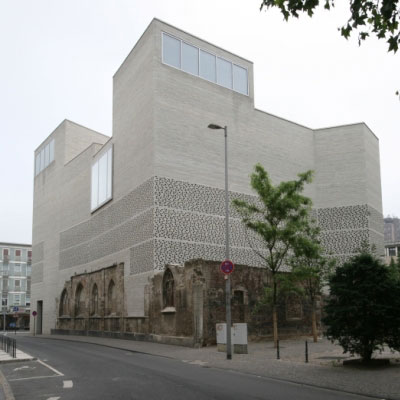
Kolumba, Art Museum of the Archbishopric Cologne
-
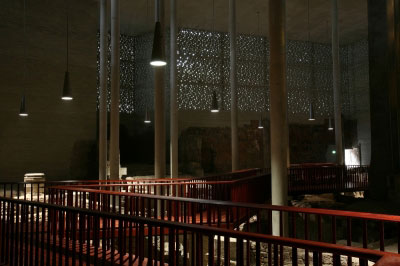
Kolumba, Art Museum of the Archbishopric Cologne(Inside)
